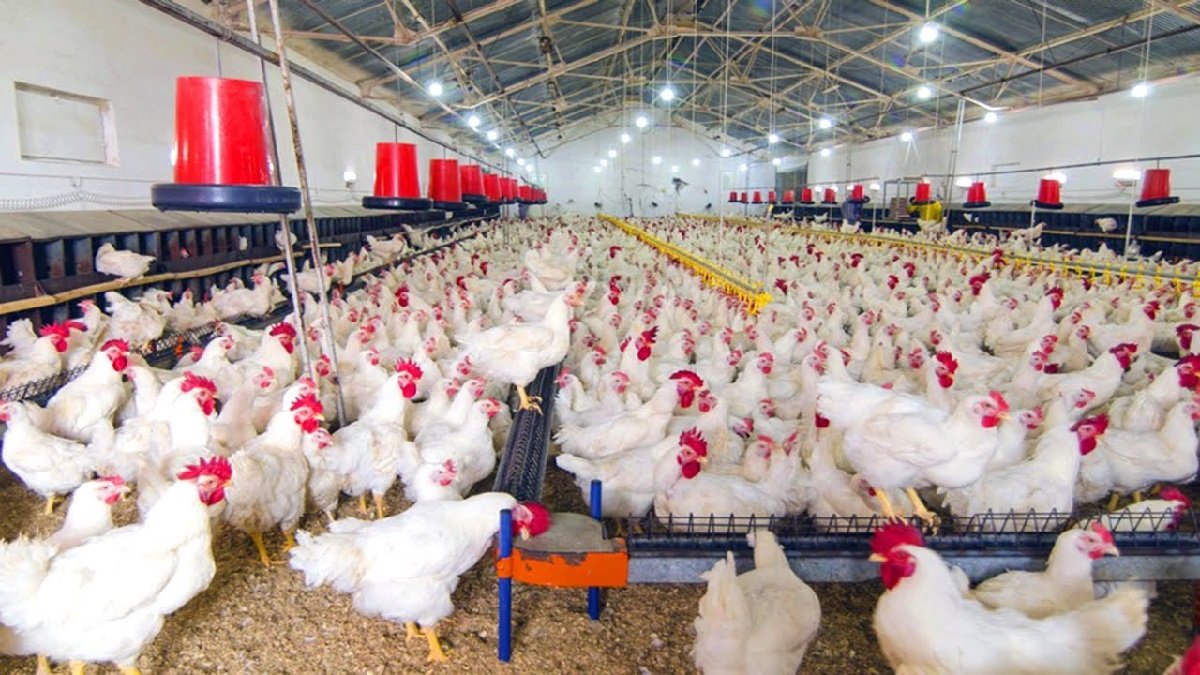Poultry farming is one of the most profitable agricultural businesses, and its demand has been rising steadily around the world. Whether you’re considering starting a small-scale poultry farm or aiming to set up a large-scale operation, having a well-structured poultry farming business plan is essential to ensure success. This guide will walk you through all the important components of a poultry farming business plan, from understanding the basics to outlining key strategies for growth.
Table of Contents
ToggleUnderstanding the Poultry Farming Business
Poultry farming involves raising domestic birds such as chickens, ducks, turkeys, and geese, primarily for the production of meat and eggs. The business has the potential to generate substantial revenue due to the constant demand for poultry products. In many countries, the consumption of poultry meat and eggs is considered a staple in diets, making it a high-demand commodity.
To succeed in poultry farming, it’s crucial to have a clear understanding of the industry’s dynamics, including market trends, feed requirements, disease management, and production techniques. A well-organized business plan will help you navigate these complexities and maximize your profits.
Key Elements of a Poultry Farming Business Plan
1. Executive Summary
The executive summary is the first and most important section of your poultry farming business plan. It serves as a snapshot of your entire plan, providing potential investors or stakeholders with a quick overview of your business.
In this section, include your farm’s vision, mission, objectives, and the overall concept. Be sure to highlight your farm’s focus—whether it’s egg production, meat production, or both—and the target market you’re planning to serve. For example, you might plan to supply locally grown eggs to organic food stores or aim to raise broiler chickens for a large poultry processing company.
Additionally, mention the amount of capital needed to start the farm and how you intend to fund the venture. You should also provide a brief overview of your management structure, including key personnel and their roles.
2. Business Description
This section offers a more detailed explanation of your poultry farming business. Describe the type of poultry farm you’re starting, the methods of production, and the scale of operations. Will you operate a free-range farm or a conventional factory farm? Will you focus on organic poultry, or is your goal to produce cost-effective, mass-market products?
Provide detailed information on your location, including its proximity to markets, suppliers, and transportation routes. Explain why you chose this location and how it supports the growth of your farm. It’s also important to mention the legal structure of your farm, such as whether it will be a sole proprietorship, partnership, or limited liability company (LLC).
3. Market Analysis
A thorough market analysis is crucial for understanding the demand and competition within the poultry farming industry. This section should highlight trends in consumer behavior, including shifting preferences toward organic products, locally-sourced food, or specific poultry breeds. You should also analyze the competition, identifying the major players in your area and their strengths and weaknesses.
Research the local poultry farming landscape to understand the pricing models, distribution channels, and the overall market size for poultry products. Identify potential challenges, such as disease outbreaks, fluctuating feed prices, or changing consumer regulations, and develop strategies to mitigate these risks. Understanding your customers’ needs and preferences will help you tailor your products for maximum success.
4. Organizational Structure
The organizational structure section of your poultry farming business plan outlines the roles and responsibilities within your business. It’s important to identify all key positions and their functions, from the farm manager to farm workers, marketers, and financial controllers.
If you plan to hire employees, include an organizational chart to visualize the hierarchy and decision-making processes. Be sure to describe the skills and experience needed for each position and how you will recruit or train staff to ensure efficient operations.
5. Poultry Farming Operations
The operations section is one of the most critical parts of your business plan. It outlines how the day-to-day activities of your poultry farm will be managed. This includes details on the housing and equipment you will use, how you will raise and care for the poultry, and your production processes.
Housing and Equipment
Poultry housing is essential to the health and productivity of your birds. You must consider factors like ventilation, temperature control, lighting, and space. The design of the poultry house will also affect the level of biosecurity—a key factor in preventing diseases from spreading.
In addition to housing, you will need various pieces of equipment, such as feeders, drinkers, incubators, and egg collection systems. The type of equipment you choose will depend on the scale and type of your poultry farm, and your budget. Make sure to plan for these expenses and account for their maintenance and operational costs.
Feed and Health Management
Feeding your poultry effectively is crucial to maximizing production and profitability. You will need to research the nutritional requirements of your birds and source high-quality feed. Feed costs typically represent a significant portion of your operating expenses, so you must plan accordingly to keep costs down while maintaining healthy, productive flocks.
Equally important is health management. Develop a strategy for vaccinations, disease prevention, and biosecurity measures to protect your birds from common poultry diseases such as avian flu or Newcastle disease. Regular health checks and vaccinations will help reduce the risk of loss and ensure a consistent supply of healthy birds.
6. Marketing and Sales Strategy
To succeed in poultry farming, you need a solid marketing strategy that identifies your target audience and how you will reach them. This section should cover:
- Branding and positioning: How will you differentiate your products from others in the market? Will you emphasize quality, organic certification, or sustainability in your marketing efforts?
- Pricing strategy: What will be the price range for your products? Will you charge a premium for free-range eggs or sell at a competitive price for bulk meat production?
- Sales channels: How will you sell your products? Will you use direct sales, such as farmers’ markets or local stores, or will you focus on wholesale distribution to large suppliers?
- Promotional tactics: What marketing methods will you use to attract customers? You could leverage social media, local advertising, or even offer farm tours to connect with consumers.
7. Financial Plan
The financial plan is one of the most important parts of your poultry farming business plan. It should include detailed projections for income, expenses, and profits over a specific period, typically three to five years. Key components of the financial plan include:
- Start-up costs: Include all the expenses required to set up your farm, such as land acquisition, construction of poultry houses, purchase of equipment, and initial feed costs.
- Revenue projections: Estimate how much revenue your farm will generate from the sale of eggs, meat, or other poultry products. Be realistic with your projections based on your target market.
- Operating expenses: Outline all recurring expenses, such as labor, feed, utilities, insurance, and maintenance costs.
- Break-even analysis: Determine when your farm is expected to become profitable and the sales volume needed to cover expenses.
- Funding requirements: Specify how much capital is required to get your farm up and running and how you plan to secure the funds—whether through loans, grants, or personal savings.
Conclusion
Creating a poultry farming business plan is essential to the success of your farm. It serves as a blueprint that guides all aspects of your operation, from production and marketing to finances and growth strategies. By understanding the key components and dedicating time to carefully plan each section, you increase your chances of building a profitable and sustainable poultry business. Planning ahead is the first step in turning your poultry farming dream into a reality.




